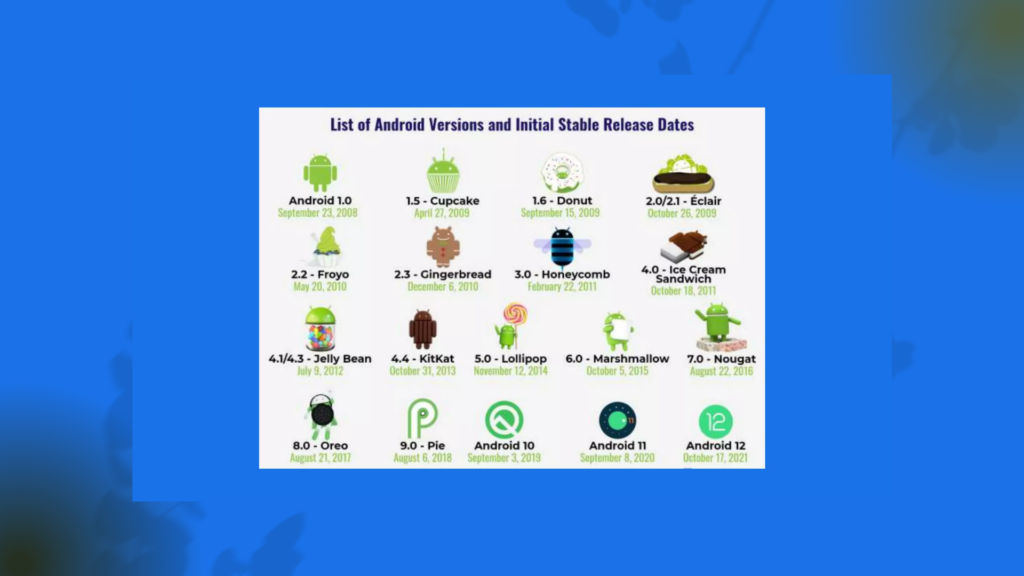The smartphones we rely on today seem like magic little devices, but their history is surprisingly recent. And a big player in that story? Android. Let’s take a trip down memory lane and explore how this open-source operating system went from a camera concept to the king of mobile.
Brewing in the Cauldron: 2003-2005
The story starts in 2003 with a company called Android Inc. led by Andy Rubin (nicknamed “Android” for his love of robots). Their initial goal? An operating system for digital cameras! Imagine a camera that could be more than just a point-and-shoot – that was the dream. But the market for super-smart cameras just wasn’t there, so they pivoted. In 2005, Google came knocking, recognizing the potential of this mobile OS and acquiring Android Inc. Suddenly, the little camera OS had the backing of a tech giant, and its destiny changed.
Going Open Source: 2007-2008
Google ditched the camera idea and focused on smartphones. A bold move was made: basing Android on the Linux kernel, an open-source software foundation. This meant anyone could tinker and create with Android, fostering a spirit of collaboration. In 2007, the Open Handset Alliance (OHA) was formed, a group of tech companies including HTC, Samsung, and LG who would help develop and promote this new OS.
The first test balloons were released – developer previews – to gather feedback and build excitement. Finally, in 2008, the world saw the first commercially available Android phone: the HTC Dream, also known as the T-Mobile G1 in the US. It wasn’t perfect – chunky design, limited app selection – but it was a start. More importantly, it was open, customizable, and offered a glimpse of the future.

The Rise of the Machines (and Apps): 2009-2011
The next few years were a whirlwind of updates. Each version, creatively named with a delicious dessert theme (Cupcake, Donut, Eclair!), brought new features and functionalities. The app store, then called the Android Market (now Google Play Store), exploded with possibilities. Users could personalize their phones like never before, from adding games and social media apps to productivity tools and messaging services.
Manufacturers like Samsung and Motorola jumped on board, creating a wave of Android-powered devices with different screen sizes, features, and price points. This variety gave consumers more choice and helped Android gain ground against competitors like Apple’s iOS.
Maturity and Domination: 2011-Present
By the early 2010s, Android had become the dominant mobile OS. Updates became more streamlined, with a focus on improving performance, design, and security. Features like voice assistants (hello, Google Assistant!), multi-tasking, and better camera integration became commonplace.
Today, Android runs on billions of devices around the world. It’s constantly evolving, with new versions offering features like foldable displays and smarter AI integration. The open-source spirit remains strong, with developers constantly pushing the boundaries of what’s possible.
The Future of Android
So, where does Android go from here? The future is full of possibilities. We might see even more integration with artificial intelligence, seamless connections between devices, and a focus on user privacy and security. One thing’s for sure: the little camera OS that could has become a mobile giant, and its story is far from over.
